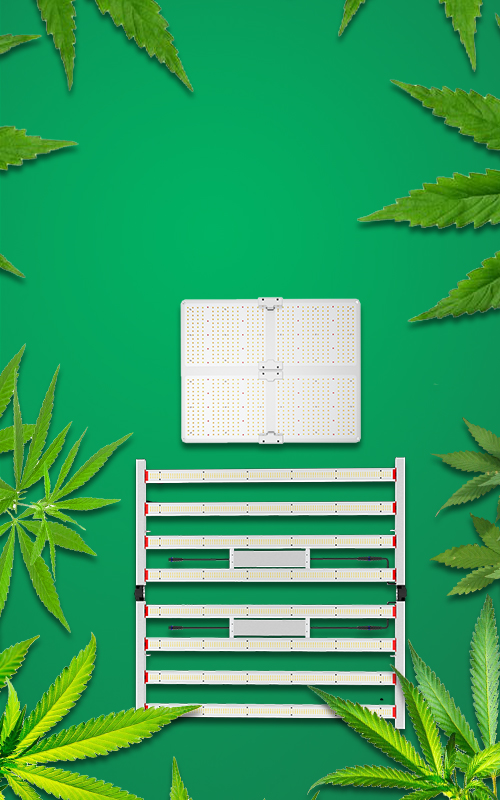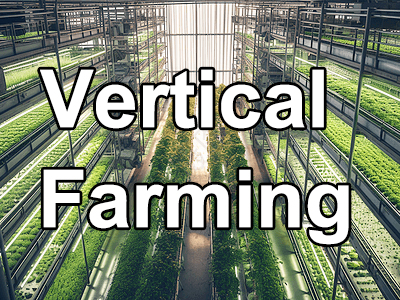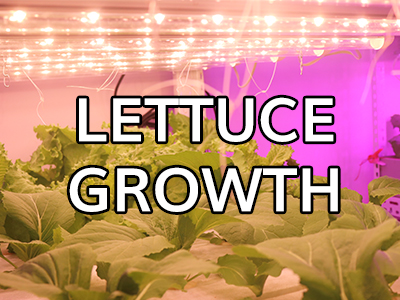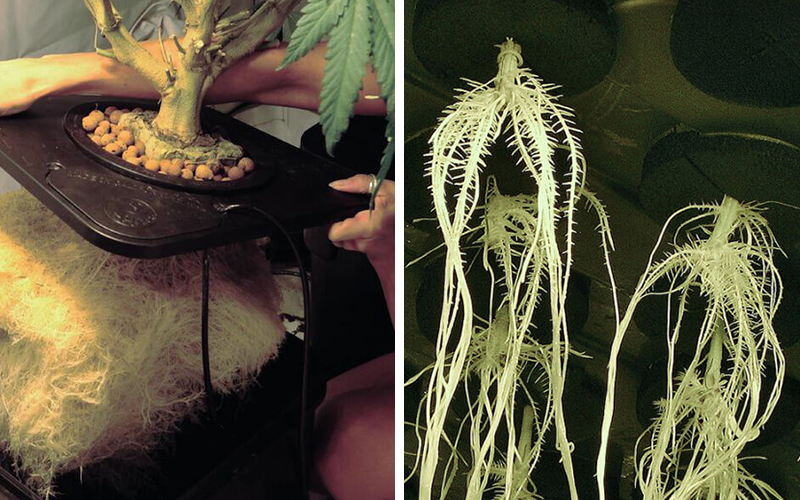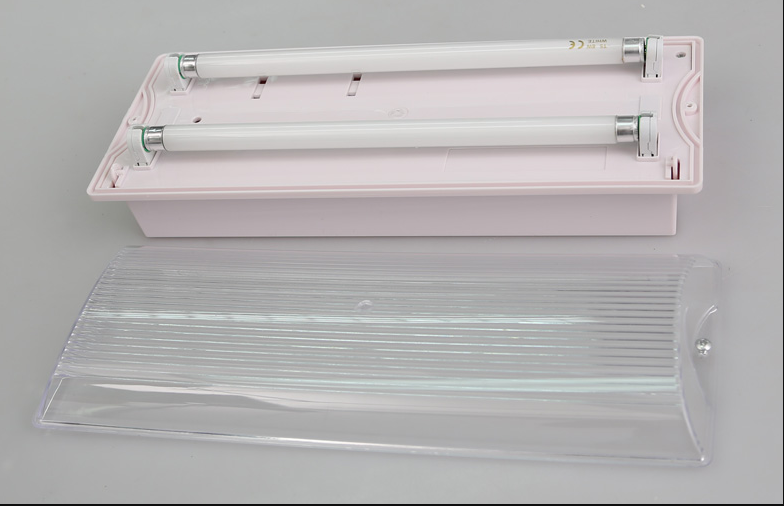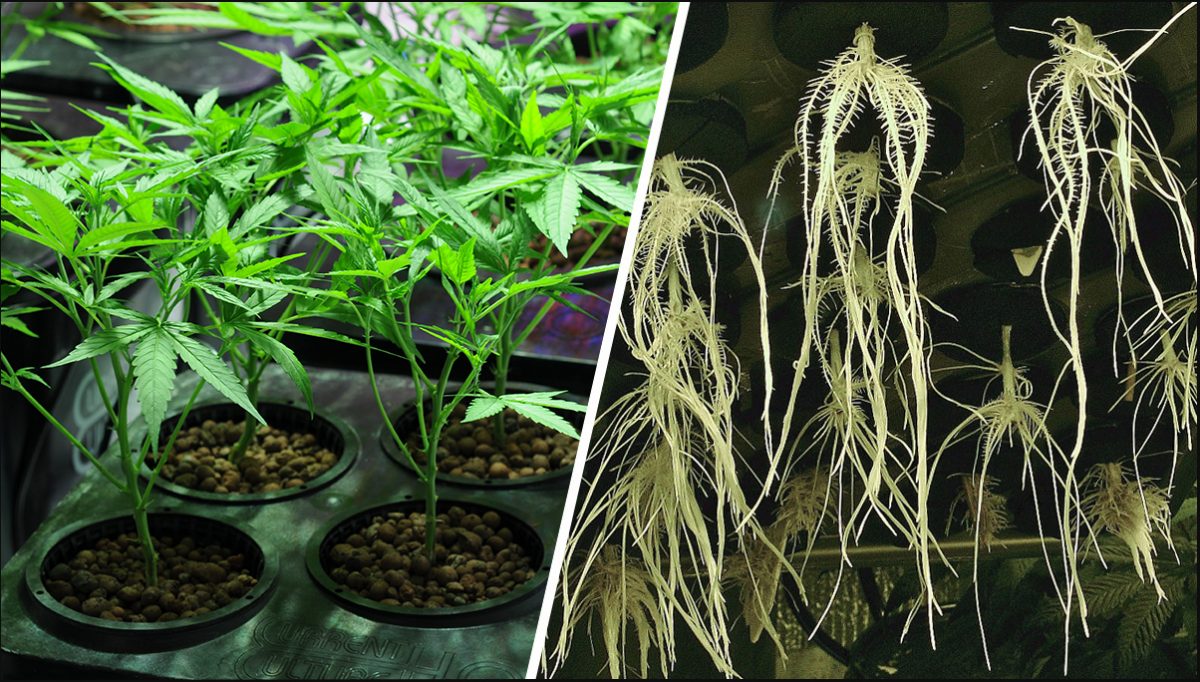Jul 18 , 2024
The best LED lights for hydroponic vegetables in 2024
In the process of growing vegetables, the role of light cannot be underestimated. In traditional agriculture, plants rely on sunlight for photosynthesis, but what should we do in indoor hydroponics? Obviously, artificial light sources must be relied upon to replace natural light. This guide explores why LED grow lights are ideal for hydroponic vegetables and recommends the best options for your needs.





















